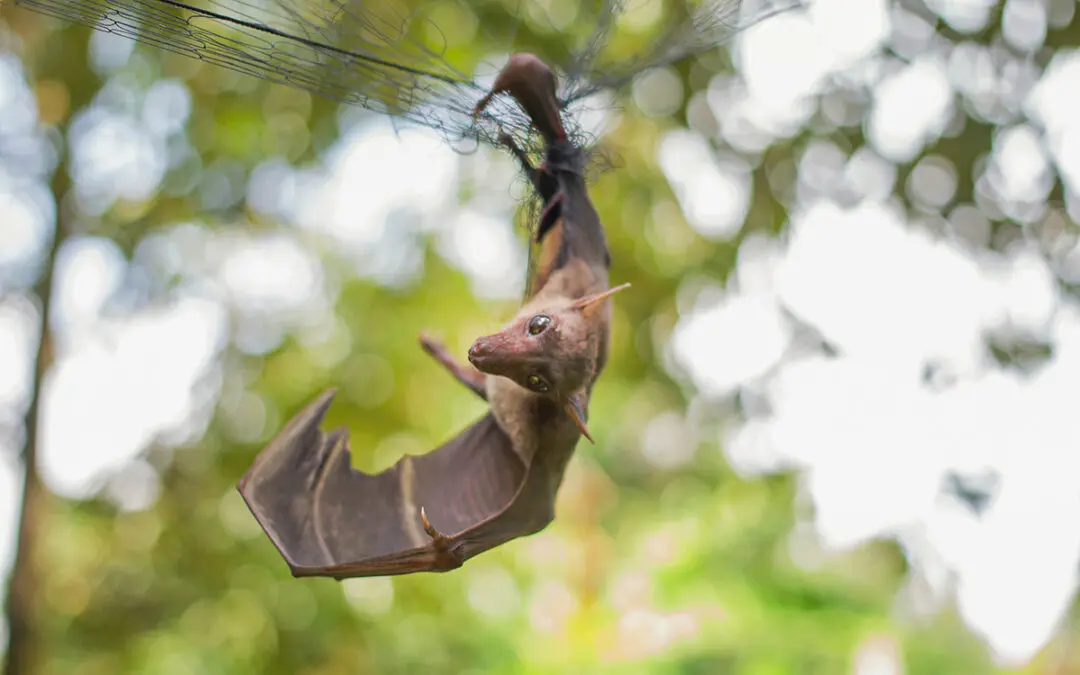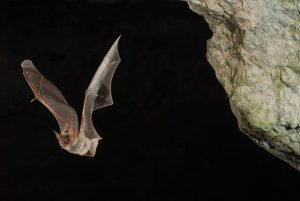Bat Removal and Control - How to Get Rid of Bats in a Fundamentals Explained

Bats: Exclusion, Removal and Guano Cleaning Techniques - Questions
The women form big maternity colonies, typically in structures such as attics or barns. Young are born in June, and can zip August. They can live up to thirty years obviously, though average lifespan in the wild might be about 7 years. They hibernate in the winter season. The (Eptesicus fuscus) is also typical in the northern locations.
They mate in October, prior to winter hibernation, and after a delayed fertilization and a 60 day gestation, bring to life one or two baby bats in early June. The Tadarida brasiliensis prevails in the south. It has a wingspan of about 8 inches, a weight of half an ounce, and can live up to 16 years.

Bat Removal Peachtree City

Bat Removal in Lakeland - Trapping - Control - Exterminator
They mate in the fall, however delay fertilization, and one pup is born in early June, and can fly about eight weeks later. All of these bats typically roost in manufactured structures, and love the attics of homes. None of these animals are really blind, but they do use echolocation in order to aid in navigation on the wing.
Some Known Questions About Bat Removal - Berlin, Conway, New Hampshire.

Read About Colonizing Bats types information. Bats are nighttime. They sleep in roosts throughout the daytime, and emerge at dusk. If it's a colony of bats living in a building, they crawl to the edge, and fly out. Initially they head for water and get a beverage, skimming the surface area on the wing.
After a while they get full and head back to the roost in order to rest. They then fly back out to feed some more. They may make numerous trips per night. Bats utilize echolocation in order to help in navigation and feeding on the wing. They produce high-pitched chirps and check out the sonar-like returns of the acoustic waves as they recover off of objects.
These nests are made up mostly of females. The males roost alone in singular areas, such as trees. The women form huge clusters, very often in man-made architecture such as church towers, attics, bridges, and so on. They endure and even choose really high temperatures. A number of the southern bats migrate to various locations as environments alter.
